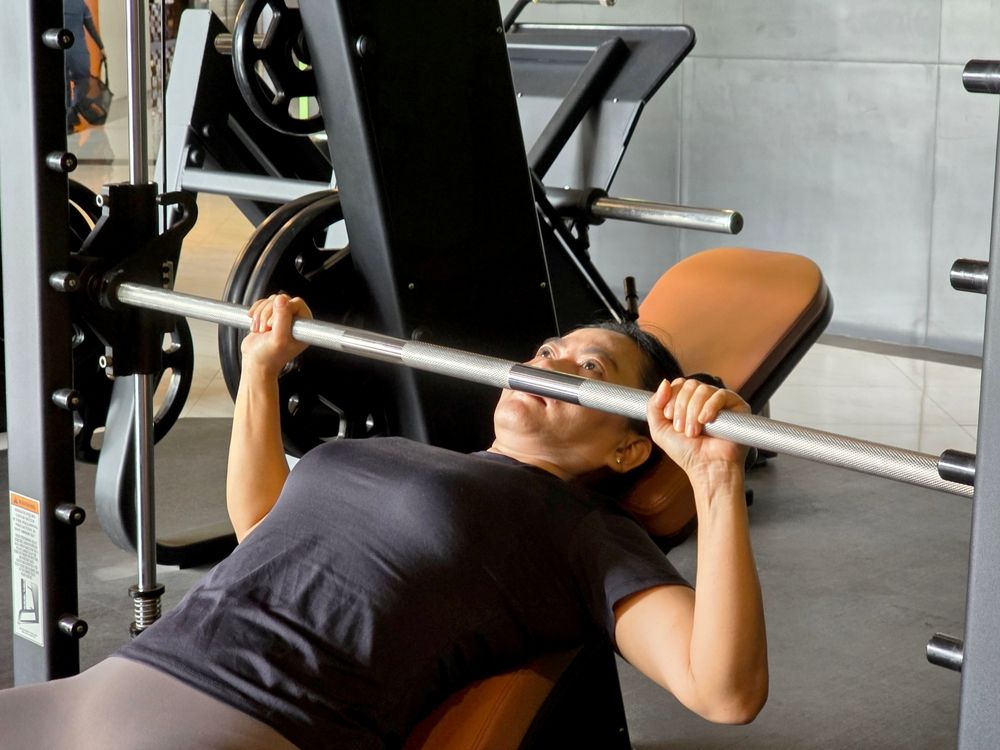
Experiencing changes in your body is a natural part of life. After turning 30, muscle loss and reduced strength—known as sarcopenia—begin to set in. Unfortunately, it doesn’t stop there. Sarcopenia can progress by 3% to 8% every decade, making everyday activities like standing, walking, and running errands increasingly difficult. The good news? You can combat sarcopenia and maintain your strength by incorporating regular strength training into your routine.
To help you get started, we’ve consulted experts to bring you five essential strength workouts designed to build and preserve muscle as you age.
"These workouts focus on preserving the type of muscle most critical for daily life and quality of living," explains Domenic Angelino, CPT with the International Personal Trainer Academy (IPTA). "Each exercise targets different muscle groups to maintain full-body function and incorporates diverse movement patterns. This not only helps preserve muscle but also supports bone density in key areas, keeping you strong and resilient over the years."
If you’re unable to perform the full range of motion for any of these exercises, don’t worry—start where you are. Domenic Angelino, CPT, reassures that it’s perfectly fine to work within the range you can safely complete. “As your mobility improves over time, you’ll find it easier to progress to the full range of motion,” he encourages.
The strength workouts outlined below are designed to help you build and maintain muscle, supporting an active, healthy lifestyle for years to come.
Dumbbell Goblet Squat
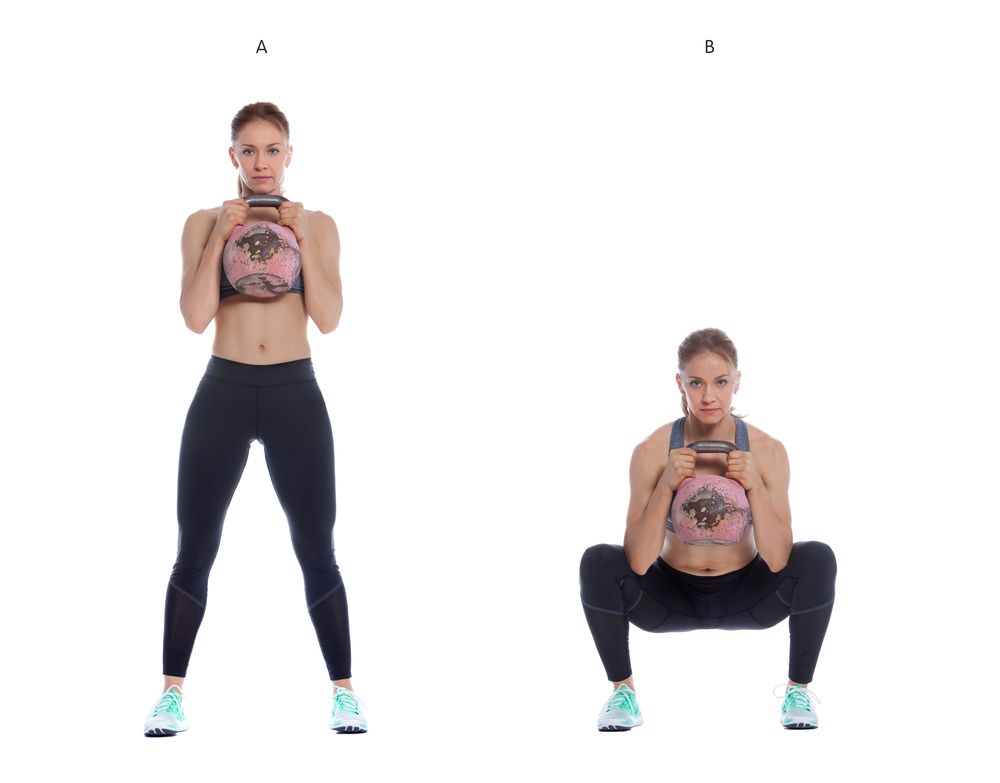
"Incorporating a squatting exercise into your strength training is incredibly effective because it targets the muscles that support essential daily activities, like sitting and standing," explains Domenic Angelino, CPT. "It’s a highly practical way to make the most of your workout time and energy."
How to Perform a Dumbbell Squat:
- Stand tall with your feet shoulder-width apart, holding a dumbbell at chest height.
- Lower your body into a squat until your thighs are parallel to the floor, keeping your chest upright and core engaged.
- Press through both feet to return to a standing position.
- Perform 3 sets of 6 to 8 repetitions.
Barbell Sumo Deadlift
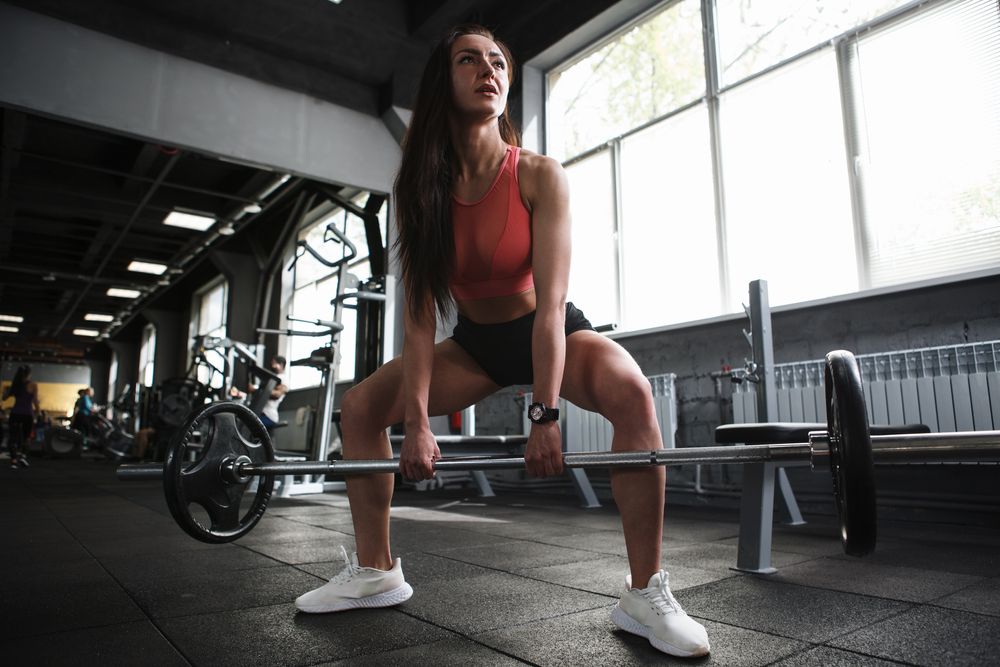
A deadlift might seem intimidating at first, but it’s one of the most effective exercises for maintaining muscle and bone density as you age.
"It’s a very time-efficient exercise," says Domenic Angelino, CPT. "Deadlifts target your lower back muscles, strengthening them in a way that can help prevent back pain and injuries common in older adults. However, proper form is critical with this exercise, which is why I recommend the Sumo Deadlift. It’s easier to master and offers more leeway in form without increasing the risk of injury compared to the conventional deadlift."
How to Perform a Sumo Deadlift:
- Stand tall behind a barbell with your feet slightly wider than shoulder-width apart, toes pointed slightly outward in line with your knees.
- Keeping your back straight, squat down and grip the barbell with your arms fully extended.
- Press through your feet and engage your core to stand up tall, lifting the barbell.
- Once standing, slowly lower the barbell back to the floor, maintaining a flat back.
- Let the barbell rest on the ground before beginning your next repetition.
- Perform 3 sets of 6 to 8 reps.
Assisted/Unassisted Pull-Up
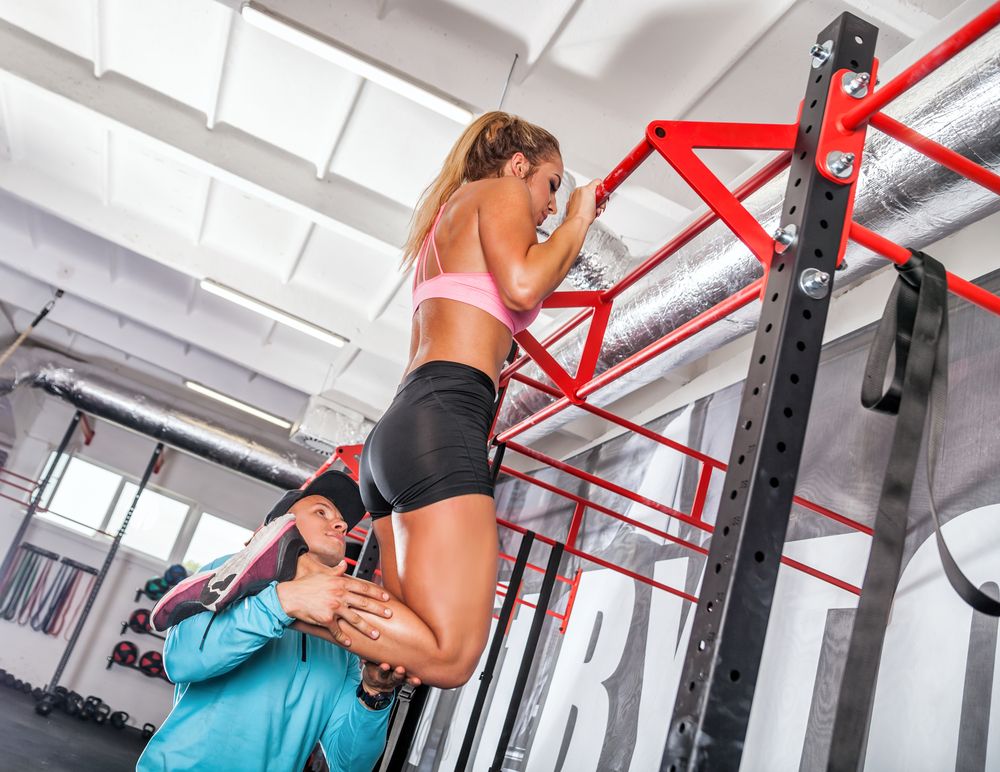
One of the great things about assisted pull-ups is that they make this challenging exercise accessible to most people, provided you have access to an assisted pull-up machine.
"The machine uses weight as a counterbalance to your body weight," explains Domenic Angelino, CPT. "For example, if you weigh 200 pounds and select 100 pounds on the weight stack, you’ll only lift 100 pounds during the pull-up. This allows you to build strength progressively until you can perform an unassisted pull-up."
How to Perform an Assisted Pull-Up:
- Position yourself on the machine:
- If there’s a pad, place your knees on it.
- If there’s a bar, position your feet on it.
- Grip the pull-up bar with your hands slightly wider than shoulder-width apart, palms facing away from you.
- Lower your body until your arms are fully extended.
- Bend your elbows and pull your body upward until your chin is above the bar.
- Slowly lower yourself back to the starting position.
- Perform 3 sets of 6 to 8 reps.
Standing Dumbbell Overhead Press
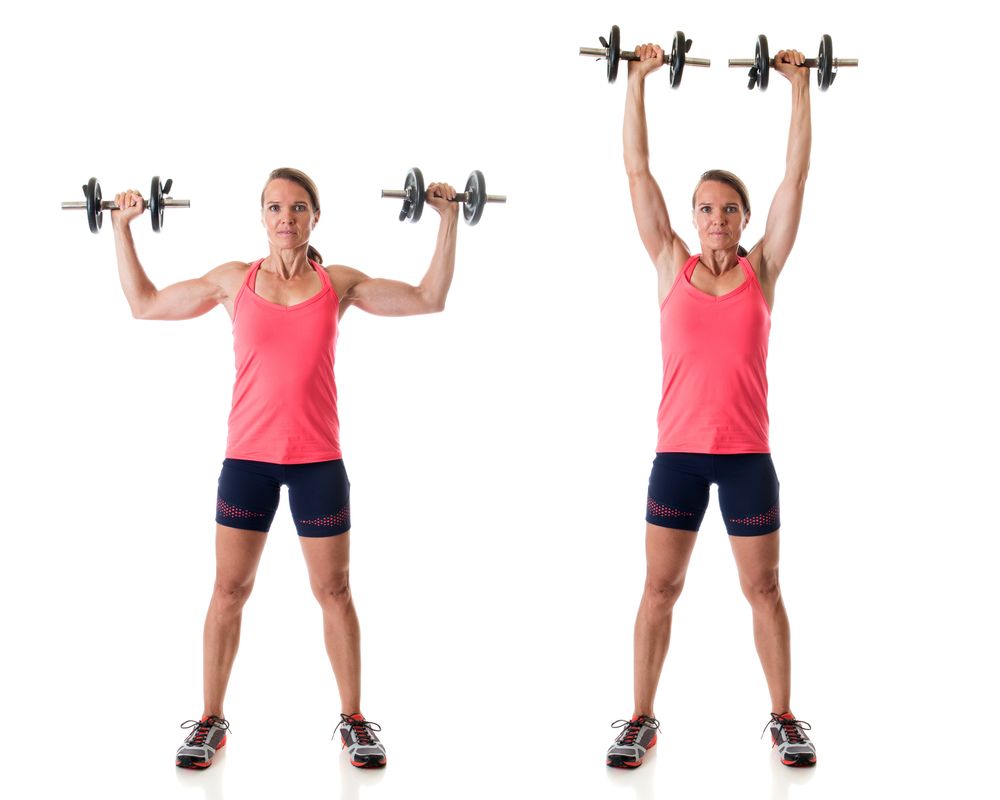
"This exercise tackles a common challenge many people face with age-related muscle loss: difficulty lifting their hands overhead," explains Domenic Angelino, CPT. "Losing strength in this area can significantly impact your quality of life, making everyday tasks like reaching for items on high shelves more difficult. This movement helps maintain that functional strength."
How to Perform Overhead Dumbbell Presses:
- Stand tall with a dumbbell in each hand, holding them at shoulder height with your palms facing forward.
- Press the weights upward until your arms are fully extended overhead.
- Slowly lower the dumbbells back to the starting position at shoulder height.
- Perform 3 sets of 6 to 8 repetitions.
Plank
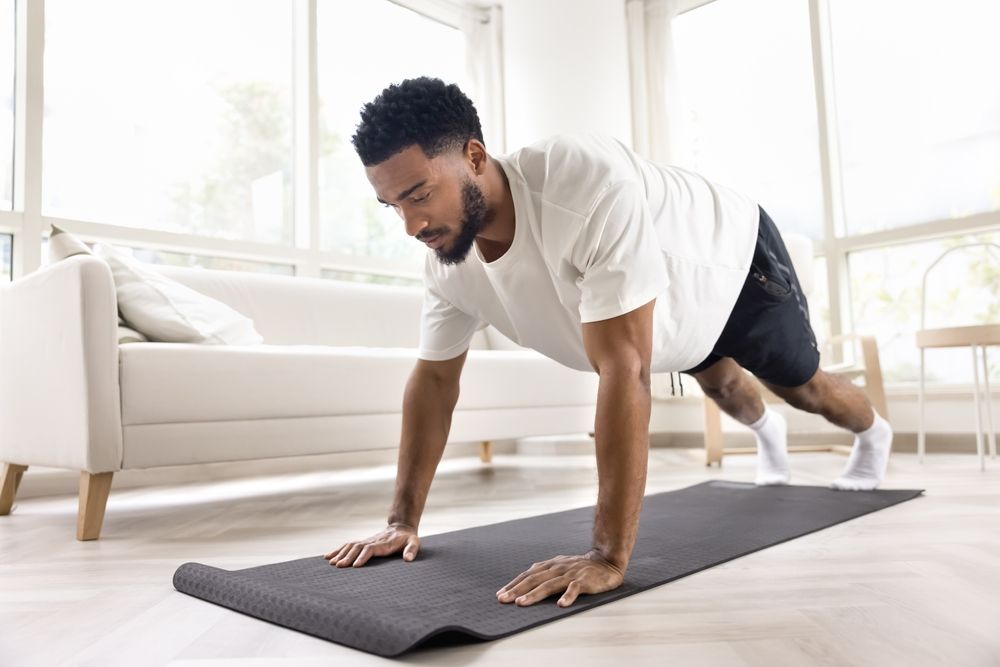
Low core strength is a common contributor to back pain and an increased risk of falls.
"The plank is an excellent exercise for strengthening the transverse abdominis, a deep core muscle essential for stabilizing your torso," explains Domenic Angelino, CPT. "This muscle often becomes weak from years of underuse. The beauty of the plank is its adaptability—you can hold it for as long as your current strength and endurance allow."
How to Perform a High Plank:
- Start in a high plank position with your hands shoulder-width apart on the floor and your legs extended straight behind you.
- Engage your core, keeping your body in a straight line from head to heels. Avoid sagging your hips or raising them too high.
- Hold this position for as long as you can, aiming for 30 to 60 seconds.
- Perform 4 sets, resting briefly between each hold.

